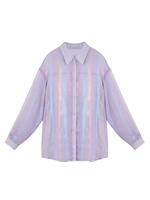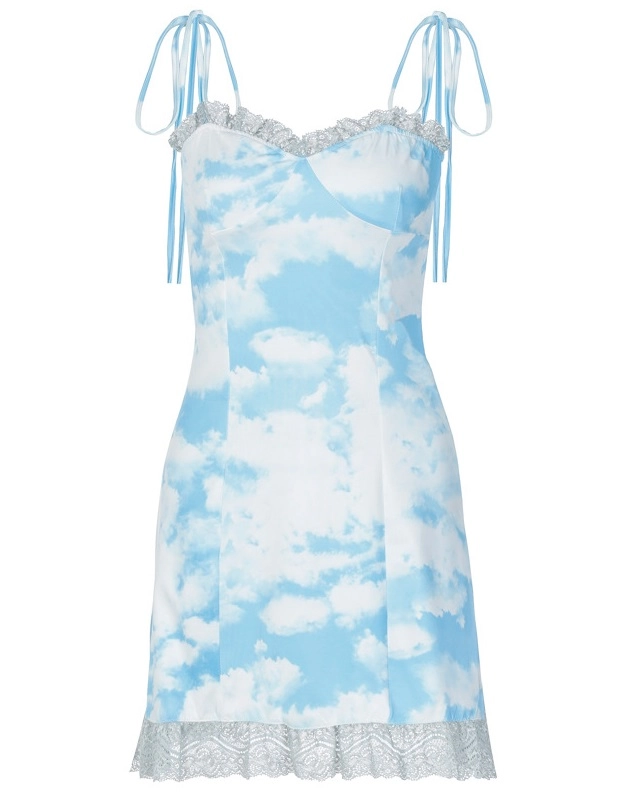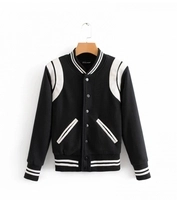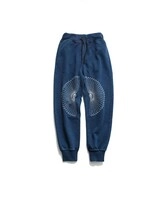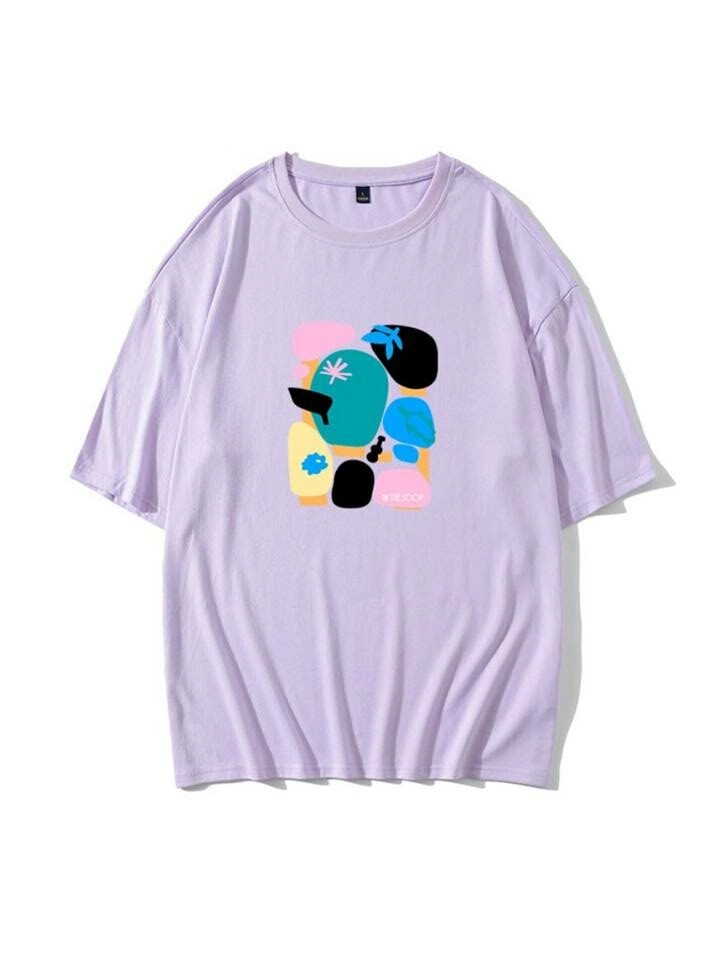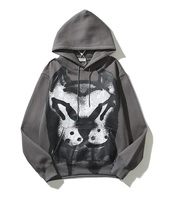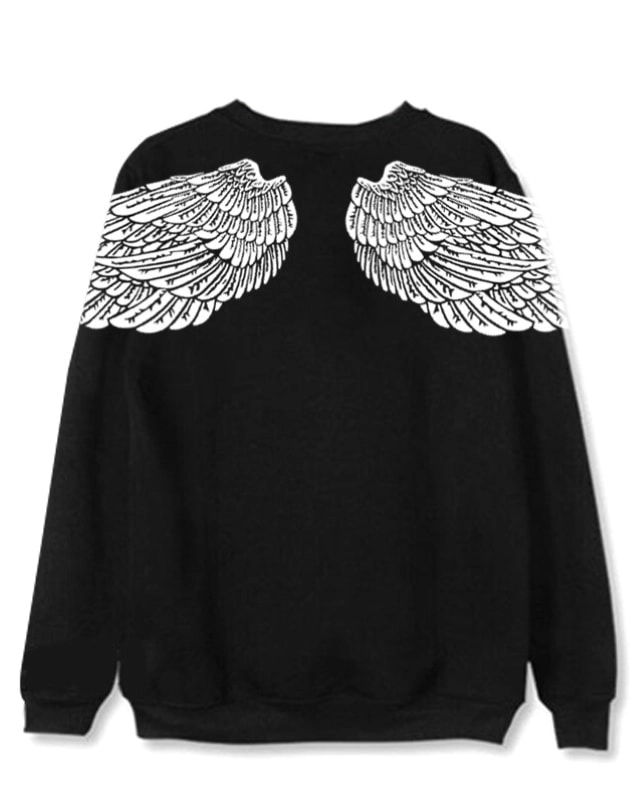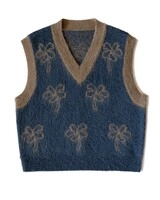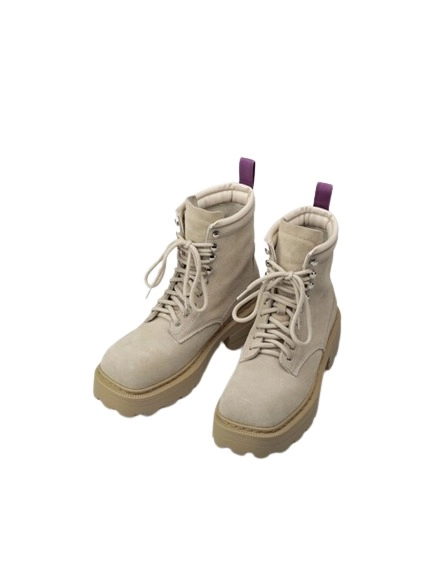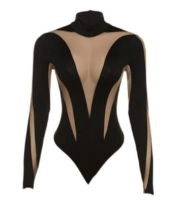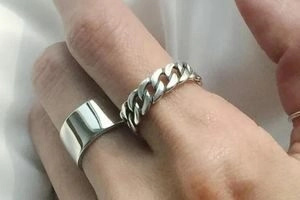All our sizes are stated in Asian-Size. To transfer Asian Sizes to US, EU, Australian, or UK sizes please visit the product page and check the “Size Guide”. At the end of it, you will find a Size Conversion Chart which will let you convert the Asian Size to the size from your country.
We would like to emphasize that the size you should pick upon ordering is Asian-Size and should not be your size from your country. Below we have listed a couple of tips that you could go for if you are in doubt. Though, if you need any help, do not hesitate to contact us.
Asian size conversion
Asian sizes tend to run a bit smaller than European or US sizes. As a rule of thumb, we’re suggesting choosing 1-2 sizes bigger than you would normally wear. Though, we highly recommend checking the size chart, since every product has its own unique size chart.
Quick tips
1. How should it fit, oversized or fitting?
Before measuring it is crucial to know how you want the item to fit and what type of clothing it is.
Is the item oversized? Is it fitting? Maybe the item is fitting but you want to wear it oversized. Take all these factors into consideration.
2. Measure a similar item
It is helpful to measure a similar item from your wardrobe and compare it with the measurements of the interested product. That way you can better imagine how the item will fit.
For example, measure the length of your favorite dress and compare it with the product size. Do you like how short or long it is compared to the one you own?
3. If in doubt, go for the bigger size
If you are in between two sizes we usually recommend getting the bigger size. Going for a bigger size gives you the option to adjust it as needed and takes the risk away that you won’t fit in the dress at all.
How to get your body measurements
Bust
Measure under your armpits, around your shoulder blades, and over the fullest part of your bust. Don’t pull the tape measure too hard.
Chest circumference
Measure under your armpits, around your shoulder blades, and right below your breast.
Waist
Measure around your natural waistline. This is the narrow part of your waist, about an inch (2.54 cm) above your navel. Relax and breathe out before you measure.
Hip
The hip should be measured around its fullest part. This is about 8 inches (20.32 cm) below your waist.
Shoulder Width
This measurement is taken from one end of the shoulders to the other. If you’re measuring your friend, have him look forward with relaxed shoulders in a natural stance. Start measuring from one end of the shoulder (at the shoulder seam of the shirt) to the other end of the seam of the shirt.
Sleeve Length (=arm length)
Hold the tape measure using your fingers at the bottom of your wrist, bend your arm so that you have your hand on your hip, and then take the tape measure up over your bent elbow and up the rest of your arm to the bone at the top of your arm.
Leg opening
Grab your favorite pair of pants and lay the bottom cuff flat. Run a tape measure along the cuff. Take that measurement and double (x2).
Thigh
Wrap the tape around the thickest part of your thigh. Stand with your legs straight. Find the thickest part of your thigh. This is your upper thigh, right under the buttocks.










































